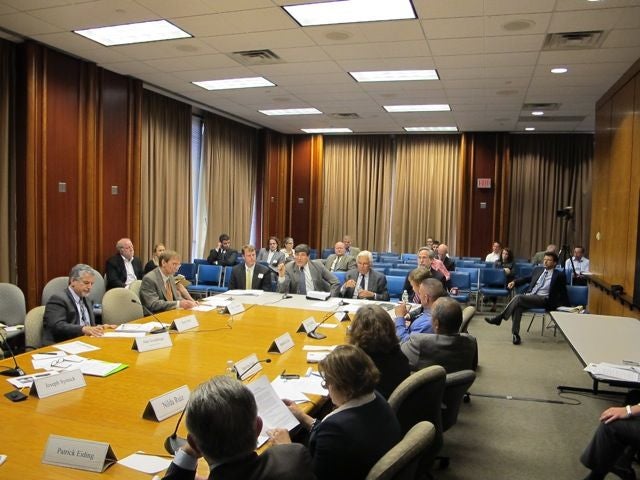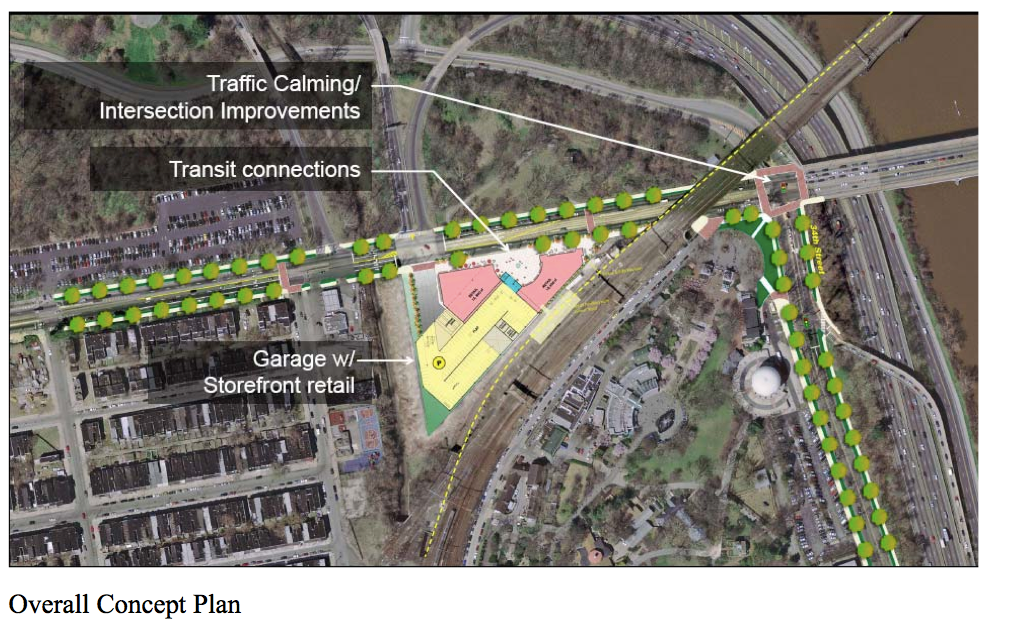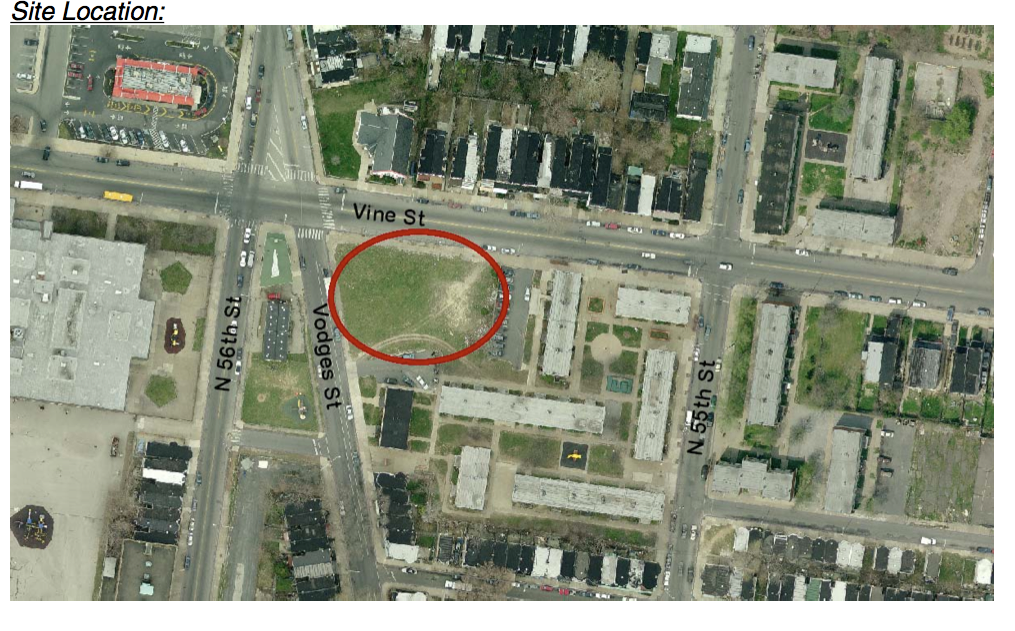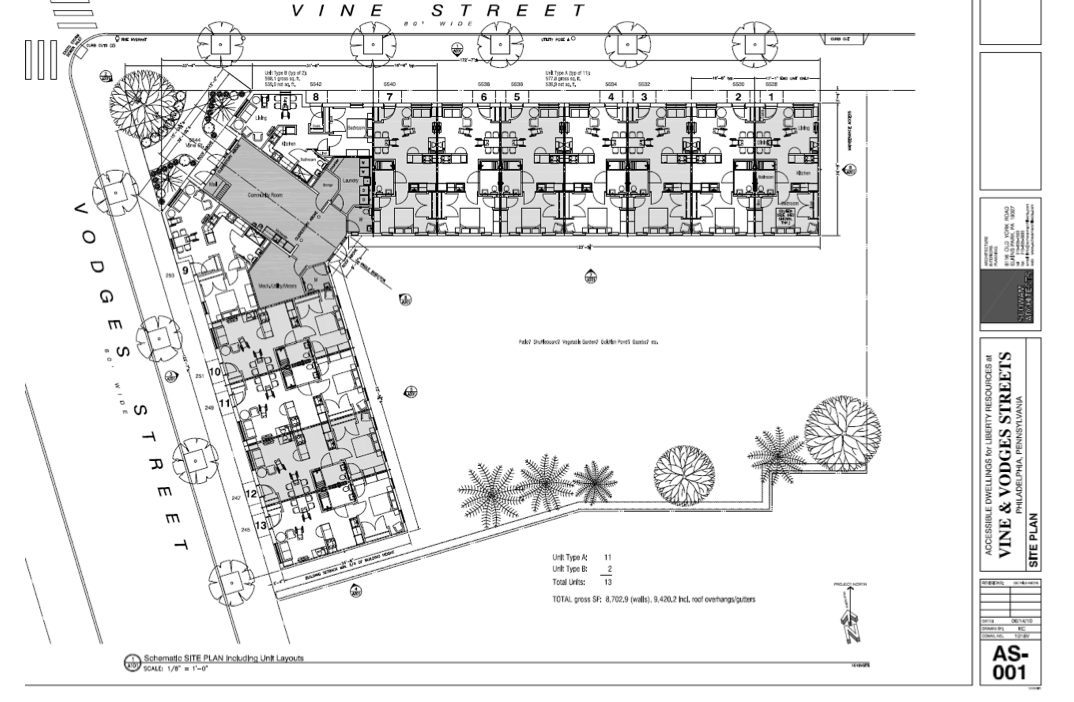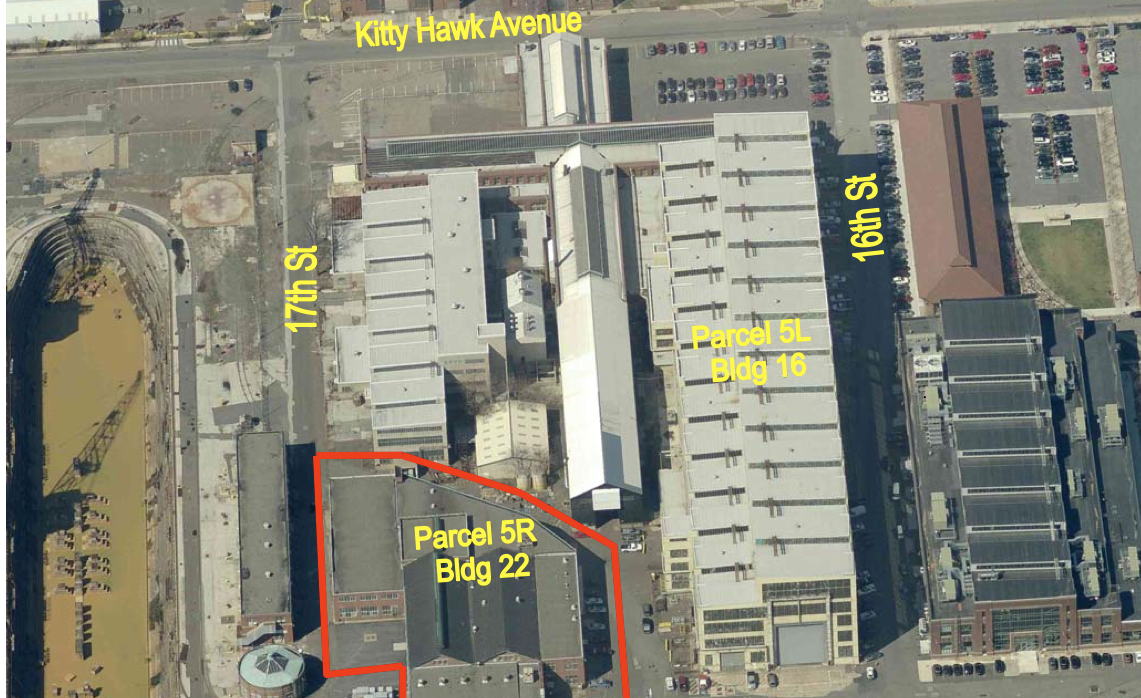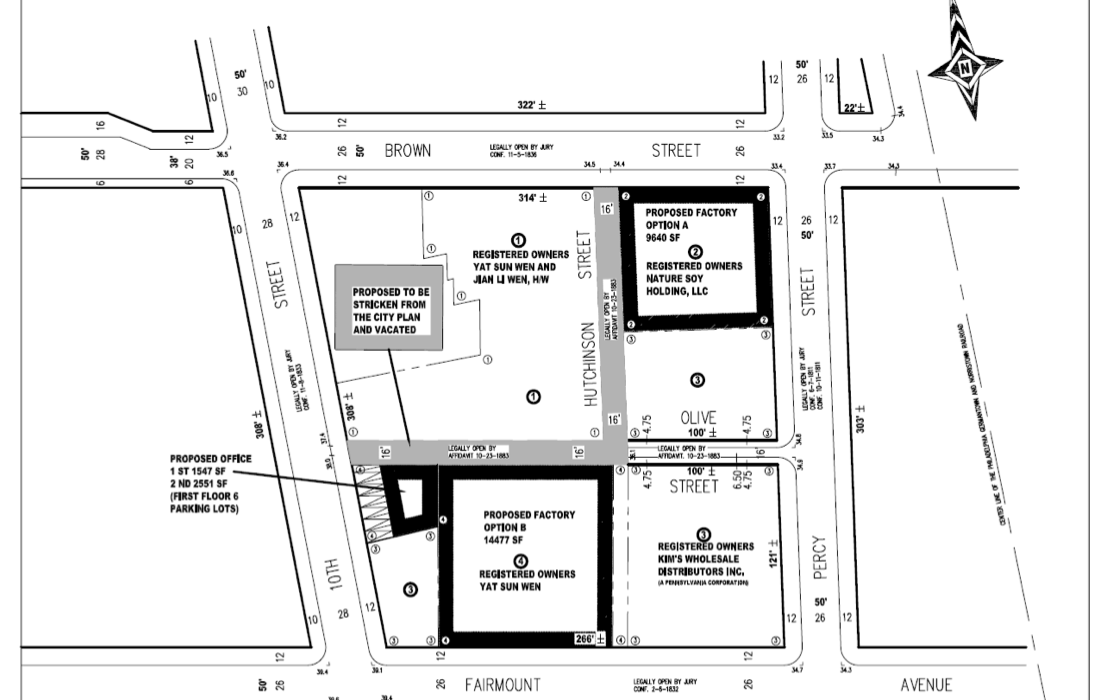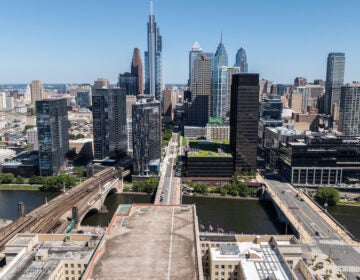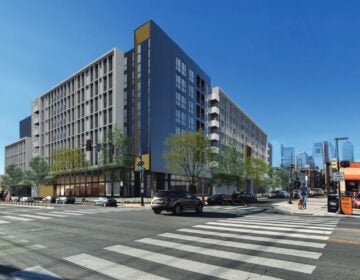Development will be topic du jour at PCPC
Tuesday’s regular meeting of the Philadelphia City Planning Commission will be dominated by development proposals and another major look at how Central Delaware River development will be regulated going forward.
In addition, there will be further discussion of the Philadelphia2035 long-term plan (via an update by Alan Urek, the commission’s director of strategic planning and policy) and a move to adopt LEED certification standards for “City Capital-funded” new construction efforts and major renovations.
The LEED standards, part of the implementation of a bill signed last December by Mayor Michael Nutter, are applicable to projects that are at least 50 percent funded by the city and involve at least 10,000 square feet of space to be built or renovated. The regulations would require at least a “silver” LEED rating. (The “Leadership in Energy and Environmental Design” system was established by the U.S. Green Building Council.) Endorsement of exceptions “or alternative standards” would require a 60-day review period by the Planning Commission.
POD regs
There will be a follow-up report issued to the commissioners and presented at the meeting regarding the controversial “plan-of-development” (POD) regulations for the Central Delaware Riverfront Overlay District, along with results of the “public hearing” held June 8 to discuss them. Completed in April (http://planphilly.com/pcpc-3), the regulations “specify the process, materials, and criteria required by the City Planning Commission to review applicable developments on property located within the Overlay District.” In mid-May, a public hearing was requested by the Development Workshop, Inc., a consortium of private developers and representatives of publicly traded real estate firms with properties or options on land on the Delaware River waterfront. The hearing was held after the regularly scheduled City Planning Commission meeting on June 8 (http://planphilly.com/pcpc-4).
In a report dated Juy 20 (this coming Tuesday) and obtained by PlanPhilly, the Planning Commission staff broke down the hearing into 11 public comments. Some of the criticisms and concerns were addressed directly with changes to the POD regulations (in part or completely), and some were deemed by the staff no warrant no changes at all.
The following are public comments that prompted the Planning Commission to change at least the text of the regulations:
(1) That the POD regulations “lack objective criteria governing the review process.”
(2) That because the PCPC’s decision regarding a POD “is a final decision and not merely advisory, the PCPC must act as an objective, adjudicative body. The PCPC’s decision should be based solely on the evidence and testimony presented at the hearing, and members of the PCPC should not have any communications or otherwise receive any information regarding the POD outside the hearing.”
(3) “The applicant, not the PCPC staff, should present the POD, and bear the burden of proving entitlement.” The Planning Commmission agrees.
(4) “The PCPC should have an attorney present to draft findings of fact and to rule on evidentiary matters.” The Planning Commmission staff recommends no changes to the text, but advises that “a Law Department representative be present at all POD hearings as a matter of Commission policy.”
(5) That the provision of the POD regulations “allowing persons demonstrating a ‘direct interest’ in the decision a reasonable opportunity to present relevant evidence and testimony, is unclear.” The PCPC staff explained in detail several alternatives to address this criticism, along with changes to the text, and recommends “using the broadest and most inclusive alternative for ‘standing’ at POD hearings, in order to give voice to all affected parties.”
(7) “The Section 4 submission requirements are overly onerous and expensive.” With reservations, the staff conceded, recommending the revision of the requirements to reflect an increased throshold for the size of a development that would require a traffic study and mitigation plan.
(10) “The PCPC should post a PDF of the proposed POD on its website prior to the informational meeting.” Though the staff says no changes to the text of the POD regulations is necessary, it agrees.
(11) In the submission requirements, “the applicant should be required to provide a letter stating that he or she has met with the local residents. It should not be sufficient for the applicant merely to provide a statement indicating that although substantial efforts were made to hold such a meeting, no such meeting took place.” While the PCPC staff said it agrees to the concept, it added: “While it is important to encourage such input, local residents should also not be in a position to hold up the POD process by refusing to hold a meeting on the development.” It recommended minor changes to the text to require “a higher standard of proof of the developer’s efforts to meet with local residents” if those efforts were indeed unsuccessful.
The following are public comments that prompted no change at all to the regulations by the Planning Commission:
(6) In some parts of the submission requirements, “the phrase ‘to the extent applicable,’ is vague.” For example, “how is it determined whether a plan for a recreational trail along the waterfront is ‘applicable?'” The staff details three sections of the POD regulations they contend spell it out.
(8) “The deadline for a final decision is too open-ended and could be continued indefinitely.” No it isn’t, the staff says.
(9) “The POD process will discourage outside investment and act as a de facto moratorium on development.” The staff replied: “These comments are purely speculative. We believe that the present state of the economy and developers’ difficulties in obtaining financing far outweigh any chilling effect that this review process will have on future development.”
Also on the agenda:
* An “information only” presentation on the Philadelphia Zoo’s new parking and transportation plans, to be presented by two senior members of the zoo’s staff. The Zoo has been working on a new traffic and transit study for its surrounding neighborhood, around 34th Street and Girard Avenue, since 2003. It, combined with the recently completed Centennial District master and economic development plans, have resulted in a concept plan for a new “Centennial District Intermodal Transportation Center” in partnership with PennDOT, Fairmount Park, the Streets Department, SEPTA, the Philadelphia Commerce Department, and Planning.
* An “information only” presentation on a proposed mixed-use development at 401 Race Street by Ronald Patterson, a zoning and land use attorney at Klehr Harrison Harvey Branzburg LLP, representing the developers.
* The presentation of the “Institutional Development District Master Plan Amendment” for the University of Pennsylvania, to construct a new building for the Wistar Institute (http://www.wistar.org/default.cfm). The plan encompasses the block bounded by 37th and Spruce streets, the former 36th Street, and the former Woodland Avenue. The amendment’s purpose is for the demolition of the existing vivarium facility attached to the Cancer Research Building, and the construction of a new research tower in its place. The six-story structure would include a three-story sky-lit atrium and a 200-seat, sloped-floor lecture hall.
* A redevelopment agreement with Liberty Housing Development Corp. and the city’s Redevelopment Authority for 13 one-bedroom federally subsidized apartments (for people transitioning from nursing homes) at Vine and Vodges streets in the Haddington neighborhood of West Philadelphia. “Although PCPC staff would prefer that the one-story design of the development be more in keeping with the urban character of the surrounding two-plus story neighborhood, the demand for this type of housing in West Philadelphia is high, and its financing draws on multiple sources,” the staff recommended.
* A “final plat revision” for a subdivision at the Philadelphia Navy Yard, for Rhoads Industries (parcel 5R, building 22), a ship parts manufacturing concern. Rhoads intends to expand its operations, currently located in an adjacent building, and use the new building for metal fabrication, a machine shop, and a warehouse with a locker room for employees. The expansion should create 65 new jobs. Owned and maintained by the Philadelphia Industrial Development Corp., the Planning Commission notes that the streets at the Navy Yard are not yet on the official City Plan and “are not legally open.” How this will be reconciled with an official City streets bill remains to be seen.
* A streets bill that strikes and vacates parts of Olive and Hutchinson streets (near 10th, Hutchinson and Brown streets) to permit a building expansion there. The staff recommends approval.
Watch PlanPhilly for a full story and video coverage after Tuesday’s meeting.
Contact the reporter at TWalsh@PlanPhily.com.
Attached: “Report to the City Planning Commission on the June 8, 2010, Public Hearing Regarding Plan of Development Regulations for the Central Delaware Riverfront Overlay District”
WHYY is your source for fact-based, in-depth journalism and information. As a nonprofit organization, we rely on financial support from readers like you. Please give today.



